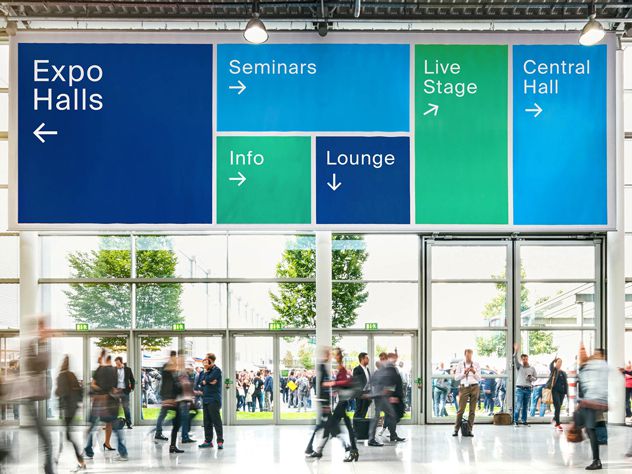Customer:
A globally active, leading manufacturer of construction equipment
Industry:
Global Construction Equipment Manufacturing
Solution:
KN ControlTower dedicated expert teams ensured a single point of contact as well as centralised data management. Shared services were implemented to optimise the efficiency and performance of the inbound supply chain management.
Net result was a lean push supply chain with a significant decrease in logistics costs and increase in service level, including:
- Centralised master data
- Steady KPI reporting
- Full visibility
Imagine you are an orchestra director. Your success and the euphony of the music are directly related to the number of artists, the selection of instruments and the piece you jointly interpret. But one day, you face the challenge to play in an unknown concert hall, with a different selection of artists and pieces to be played. The result? You never know!
One of our customers, a global construction equipment company, found itself in a similar situation whose suppliers had been growing continuously to the impressive number of 1.500. Suddenly was faced with a lack of visibility and a fragmented team. As a result, inconsistencies and losses came along. The company had to take action.
After a rigorous analysis, the company approached Kuehne+Nagel. The challenge was not only to control expenses and to stabilize the situation, we aimed to harmonize processes and find improvements to orchestrate even better than before.
Through our experience at Kuehne+Nagel, as Integrated Logistics experts, we had seen similar situations before and we knew we had the solution, so we put hands on deck. The first thing to do was to remove the blindfold: visibility is the first step to make decisions. Our solution to this problem was a centralized management model that included cost control and requirements transparency.
While we could see the full panorama, it was time to look for enhancements. The implementation of our model gave our customer the chance to optimize transportation routes through a dynamic and more efficient planning; also, it helped to standardize activities. The visibility reached the complete day to day operation, fostering the identification of issues and opportunities.
We did not just help to give back the baton to the orchestra director; we made sure a whole team was there for support, looking in every direction to guarantee each piece was played harmoniously.
In these joint efforts with the customer, we managed to significantly reduce costs and improve the service quality. Following the positive outcome, the project was extended to 28 plants, instead of the original 8, and the scope has increased to include more services. We are proud of the progress we have made but there is always room for improvement, so we keep an eye on new challenges that the future will bring to us.






